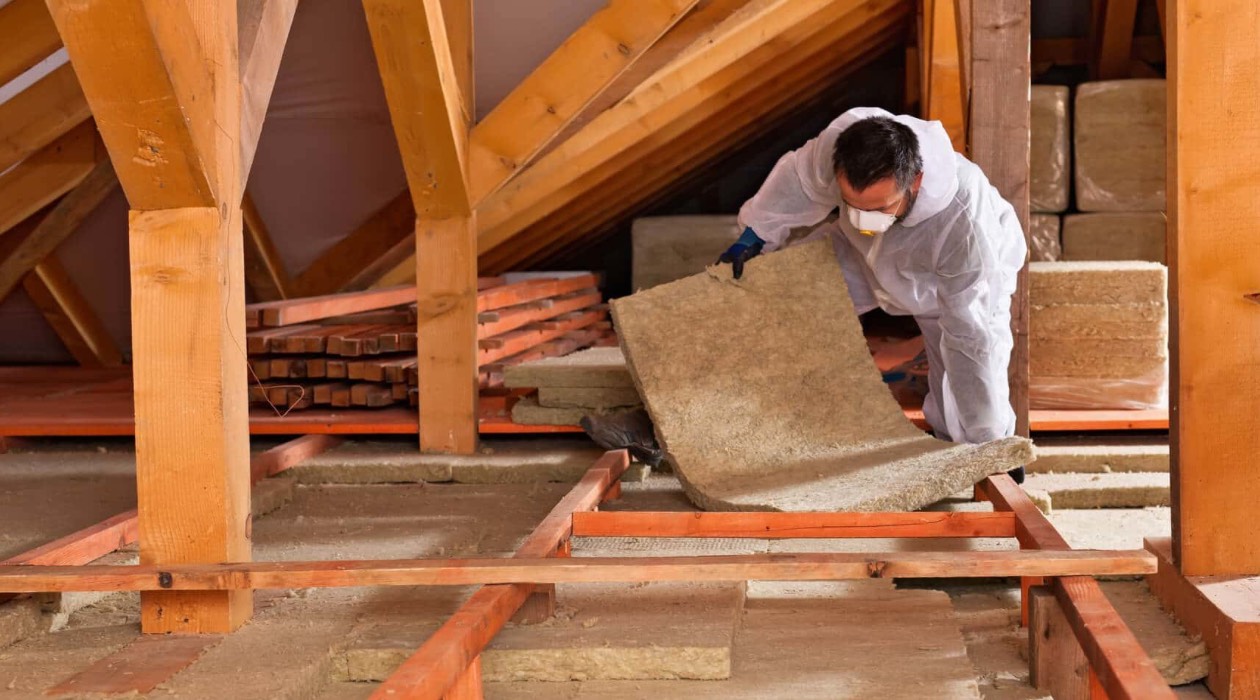

Articles
How Often Should You Insulate Your Attic
Modified: August 17, 2024
Discover how often you should insulate your attic with helpful articles. Increase energy efficiency and save on heating and cooling costs.
(Many of the links in this article redirect to a specific reviewed product. Your purchase of these products through affiliate links helps to generate commission for Storables.com, at no extra cost. Learn more)
Introduction
Attic insulation plays a crucial role in maintaining the energy efficiency and comfort of a home. It helps to prevent heat loss during the winter months and keep the home cool during the summer. Over time, however, attic insulation may deteriorate or become less effective, leading to higher energy bills and decreased comfort. So, how often should you insulate your attic?
In this article, we will explore the factors to consider when determining the lifespan of attic insulation and when it may be time for a replacement. We will also provide recommendations on how frequently you should check your attic insulation to ensure optimal performance.
Understanding the basics of attic insulation is important before we dive into the question of how often it should be replaced. Attic insulation is typically made of materials such as fiberglass, cellulose, or foam, and is installed in the attic space to create a barrier between the living area and the outside environment.
The purpose of attic insulation is to minimize the transfer of heat from the inside of your home to the outside and vice versa. This helps to keep your home comfortable and reduces the workload on your HVAC system, ultimately leading to energy savings.
However, the effectiveness of attic insulation can diminish over time due to a variety of factors, including wear and tear, moisture damage, pest infestations, and settling of the insulation material. Additionally, as building codes and energy efficiency standards evolve, it may become necessary to upgrade or replace older insulation with more efficient options.
So, how can you determine if your attic insulation needs replacing? Let’s explore some key signs to look out for.
Key Takeaways:
- Regularly inspect your attic insulation at least once a year to catch signs of damage, wear, or pest infestations early on, minimizing potential problems and ensuring energy efficiency.
- When replacing attic insulation, hire a professional contractor, prioritize energy efficiency, address air sealing, and maintain proper attic ventilation for optimal insulation performance and overall home comfort.
Read more: How Often To Replace Attic Insulation
Understanding Attic Insulation
Attic insulation serves as a barrier between your home and the outside environment, helping to regulate temperature and energy usage. Understanding the types of insulation available and their effectiveness is crucial in maintaining a comfortable and energy-efficient home.
There are several common types of attic insulation, including fiberglass, cellulose, and foam insulation. Fiberglass insulation consists of tiny glass fibers that trap air, creating a layer of insulation. It is commonly installed in batts or rolls and can be relatively easy to install. Cellulose insulation, on the other hand, is made from recycled paper treated with fire-retardant chemicals. It can be blown or sprayed into the attic and provides excellent thermal performance. Foam insulation, such as spray foam or rigid foam boards, offers superior insulation properties and can seal air leaks effectively.
When choosing attic insulation, it’s important to consider factors like R-value and insulation thickness. The R-value measures the insulation’s resistance to heat transfer, with a higher value indicating better insulation. The appropriate R-value for your attic will depend on factors like climate, local building codes, and insulation type. Insulation thickness is also a critical consideration, as more thickness generally means better insulation performance.
In addition to the insulation material and thickness, proper installation is essential to optimize the effectiveness of attic insulation. Gaps, voids, and compression of the insulation can lead to thermal bridging and decreased insulation performance. Ensuring a proper installation, whether by a professional or through careful DIY methods, is key to achieving the desired energy efficiency and comfort.
Furthermore, attic ventilation is an important factor to consider when discussing attic insulation. Proper ventilation helps to circulate air in the attic, removing excess heat and moisture. This prevents the buildup of condensation, which can lead to mold growth and damage to the insulation. The combination of insulation and ventilation ensures a healthy and efficient attic environment.
Now that we have a better understanding of attic insulation, let’s explore the factors to consider when determining how often it should be replaced.
Factors to Consider
When determining how often attic insulation should be replaced, several factors come into play. These factors can vary depending on the type of insulation, local climate conditions, and the overall condition of the attic space. Here are the key factors to consider:
- Age of the insulation: The age of your attic insulation is an essential factor to consider. Over time, insulation can become compressed, settle, or deteriorate, resulting in reduced effectiveness. Different types of insulation have varying lifespans, so it’s important to know when it was last installed.
- Quality of the insulation: The quality of the insulation material and installation also affects its lifespan. Higher-quality insulation materials tend to last longer and maintain their performance over time. Proper installation, free from gaps or compression, ensures optimal insulation efficiency.
- Changes in building codes and standards: Building codes and energy efficiency standards can change over time. What was once considered adequate insulation may no longer meet current requirements. It’s important to stay informed about any updated codes or standards and take them into consideration when evaluating your attic insulation.
- Climate and weather conditions: The climate and weather conditions in your area can impact the lifespan and effectiveness of attic insulation. Extreme temperatures, humidity, and exposure to moisture can lead to deterioration or damage. Additionally, regions with higher heating or cooling demands may require more frequent insulation checks and maintenance.
- Pest infestations and damage: Attics are vulnerable to pest infestations, such as rodents or insects, which can cause damage to insulation. Insulation that has been compromised by pests may require replacement to maintain its effectiveness and prevent further issues.
- Home renovations or repairs: Any major renovations or repairs to your home, especially in the attic area, can impact the insulation. Changes in the layout, structure, or HVAC system may require modifications or upgrades to the insulation to ensure proper coverage and efficiency.
Considering these factors will help you gauge the overall condition of your attic insulation and determine if replacement or maintenance is necessary. However, it’s important to regularly inspect your insulation for signs of damage or wear to catch any issues early on.
In the next section, we will discuss the signs that indicate your attic insulation may need to be replaced.
Signs That Your Attic Insulation Needs Replacement
While attic insulation is designed to have a relatively long lifespan, there are signs that indicate it may need to be replaced. Recognizing these signs and taking prompt action can help maintain energy efficiency and prevent further damage to your home. Here are some common signs that your attic insulation may need replacement:
- Inconsistent temperatures: If you notice uneven temperatures throughout your home, with some rooms feeling too hot or too cold, it could be a sign of insufficient or ineffective insulation. Inadequate insulation allows heat to escape in the winter and enter in the summer, leading to uncomfortable temperature fluctuations.
- Increased energy bills: A sudden increase in energy bills could indicate that your attic insulation is no longer providing effective thermal insulation. If your HVAC system is working harder to maintain a comfortable temperature due to insulation problems, it will result in higher energy consumption and subsequently higher bills.
- Pests and infestations: Pests, such as rodents or insects, can damage attic insulation by nesting or burrowing into it. If you discover evidence of pest infestation in your attic, it’s important to inspect the insulation for any signs of damage or contamination. In these cases, it’s recommended to replace the affected insulation to prevent further infestation and restore insulation efficiency.
- Mold or mildew growth: Excessive moisture in the attic can lead to the growth of mold or mildew, which can compromise the integrity of the insulation. If you notice any signs of mold or mildew, such as a musty smell or discoloration on the insulation, it may be necessary to remove and replace it to prevent further mold growth and maintain a healthy indoor environment.
- Visible damage or deterioration: Inspect the insulation for any visible signs of damage, such as tears, holes, or disintegration. Damaged insulation is less effective in preventing heat transfer and can lead to energy loss. If you notice significant damage or deterioration, it’s advisable to replace the affected insulation to restore its functionality.
- Settling or compacted insulation: Over time, insulation can settle or become compacted, reducing its thickness and R-value. Inspect the attic to see if the insulation appears flattened or compressed. If so, it may be necessary to replenish or replace the insulation to regain its original thickness and insulating properties.
If you observe any of these signs or suspect that your attic insulation is no longer performing optimally, it is recommended to consult with a professional insulation contractor. They will be able to assess the condition of your insulation and provide guidance on whether replacement or maintenance is necessary.
Now that we have discussed the signs of potential insulation issues, let’s delve into how often you should check your attic insulation.
It is recommended to check your attic insulation every 3-5 years to ensure it is still performing effectively. Factors such as settling, moisture, and damage can affect its efficiency.
How Often Should You Check Your Attic Insulation?
Regularly inspecting your attic insulation is key to ensuring its continued effectiveness and identifying any issues before they worsen. While the specific frequency can vary depending on factors like climate, insulation type, and overall condition, there are general guidelines to follow for checking your attic insulation. Here are some recommendations:
- Annual inspections: It is generally recommended to inspect your attic insulation at least once a year. This allows you to catch any signs of damage, wear, or pest infestations early on, minimizing the potential for further problems. Scheduling regular inspections can help identify issues before they lead to energy loss or compromise the comfort of your home.
- After extreme weather events: Following severe weather conditions, such as storms or heavy rains, it’s advisable to check your attic insulation for any signs of water damage or leaks. Moisture can quickly degrade insulation and lead to mold growth, so addressing these issues promptly is crucial. Look for any water stains, damp spots, or noticeable changes in the condition of the insulation.
- During home renovations or repairs: If you are planning any significant renovations or repairs in your home, it is advisable to assess the condition of your attic insulation before and after the project. Changes in the structure or layout of your home can impact the insulation’s coverage or performance. Evaluating the insulation before and after these projects will ensure that it remains in optimum condition and properly aligned with any modifications made.
- When experiencing comfort issues: If you notice uneven temperatures, drafts, or persistent hot or cold spots in specific areas of your home, it may be worth checking the attic insulation in those areas. Inadequate insulation or insulation that has settled or become damaged can contribute to comfort issues and energy inefficiency. Inspecting and addressing the insulation in problematic areas can help improve overall comfort and reduce energy waste.
- When reaching the expected lifespan: Different types of insulation have varying lifespans. Fiberglass insulation can last around 20-30 years, while cellulose insulation can last about 15-20 years. If your insulation has reached or exceeded its expected lifespan, it’s wise to perform a thorough inspection and consider replacing it to ensure optimal energy efficiency and comfort.
Keep in mind that these recommendations serve as general guidelines, and it’s important to adapt them to your specific circumstances. Factors such as local climate conditions, insulation quality, and any significant changes in your home can influence the frequency of attic insulation checks. Regular maintenance and inspections can save you money in the long run by preventing energy loss and addressing issues early on.
In the next section, we will discuss how to determine the lifespan of your attic insulation.
Read more: How Often Should You Clean Your Fireplace
Determining the Insulation Lifespan
The lifespan of attic insulation can vary depending on various factors, including the insulation material, quality, installation, and maintenance. While there is no exact expiration date for insulation, understanding the typical lifespan of different types can help you gauge when it may be time for replacement.
Here is a general overview of the expected lifespans for common types of attic insulation:
- Fiberglass insulation: Fiberglass insulation is known for its durability and longevity. With proper installation and minimal damage, fiberglass insulation can last between 20 to 30 years. Regular inspections and maintenance can help ensure that it maintains its effectiveness over time.
- Cellulose insulation: Cellulose insulation, which is made from recycled paper treated with fire-retardant chemicals, has an expected lifespan of around 15 to 20 years. Regular inspections for moisture damage and pests are essential to maintain its integrity and performance.
- Foam insulation: Foam insulation, such as spray foam or rigid foam boards, is highly durable and can last a lifetime if not damaged. However, it’s essential to regularly inspect foam insulation for any signs of wear, cracks, or moisture penetration, as these can compromise its effectiveness.
It’s important to note that these are general estimations, and actual lifespan can vary based on factors such as climate, maintenance, and overall insulation quality. Local climate conditions, extreme temperatures, humidity levels, and exposure to moisture can all impact the lifespan of attic insulation.
Regular inspections and proper maintenance play a crucial role in determining the lifespan of attic insulation. Checking the insulation for signs of damage, wear, or pest infestation can help identify issues early on and prevent further degradation. Additionally, taking steps to prevent moisture buildup, such as ensuring proper attic ventilation and addressing any leaks, can contribute to prolonging the lifespan of your insulation.
If your insulation has reached or exceeded its expected lifespan, or if you observe significant damage or deterioration, it’s advisable to consult with a professional insulation contractor. They can assess the condition of your insulation, provide guidance on whether replacement is necessary, and recommend the most suitable insulation option for your specific needs.
In the next section, we will provide recommendations for attic insulation replacement.
Recommendations for Attic Insulation Replacement
When it comes to replacing your attic insulation, there are several key recommendations to keep in mind. Following these guidelines will help ensure a successful and effective insulation replacement process:
- Hire a professional: While DIY insulation projects can be tempting, it’s often advisable to hire a professional insulation contractor for replacement. They have the expertise and equipment to handle the job safely and efficiently, ensuring that the new insulation is installed correctly.
- Consider energy efficiency: When choosing new attic insulation, prioritize energy efficiency. Look for insulation materials with high R-values that meet or exceed local building codes and energy efficiency standards. This will help optimize the thermal performance of your home and potentially reduce energy costs.
- Choose the right insulation type: Consider the different types of insulation available and select the one that best fits your needs. Factors to consider include insulation effectiveness, durability, moisture resistance, and any specific requirements for your climate zone.
- Address air sealing: Before installing new insulation, it’s crucial to address any air leaks or gaps in your attic. Air sealing measures, such as sealing gaps around plumbing vents, chimney penetrations, or electrical wires, help prevent air leakage and improve the overall energy efficiency of your home.
- Remove old insulation, if necessary: In some cases, it may be necessary to remove the existing insulation before installing the new one. Factors that may warrant insulation removal include severe damage, mold contamination, or the presence of pest infestations. Removing old insulation allows for a clean slate and ensures optimal insulation performance.
- Properly dispose of old insulation: If you do need to remove the existing insulation, you must dispose of it properly. Check local regulations for guidelines on how to safely and responsibly dispose of old insulation materials. Local waste management facilities or professional insulation contractors can provide guidance on proper disposal methods.
- Maintain attic ventilation: Proper attic ventilation is crucial for the longevity and effectiveness of your new insulation. Ensure the attic has adequate airflow, with intake and exhaust vents positioned correctly. This helps prevent moisture buildup, regulates attic temperature, and prolongs the life of your insulation.
- Consider upgrading insulation in other areas: While replacing attic insulation, it’s worth considering whether other parts of your home could benefit from insulation upgrades as well. Assess areas like walls, floors, and crawl spaces to determine if additional insulation is needed to improve overall energy efficiency.
Remember to consult with a professional insulation contractor for personalized recommendations based on your specific home and climate conditions. They can guide you in selecting the right insulation materials, provide expert installation, and ensure that your new insulation meets the necessary environmental and safety standards.
By following these recommendations, you can enhance the energy efficiency, comfort, and overall performance of your home’s insulation system.
Now, let’s conclude our discussion on how often to insulate your attic.
Conclusion
Attic insulation is a critical component of a well-insulated and energy-efficient home. Maintaining the effectiveness of your attic insulation requires regular inspection, knowing the signs of wear and damage, and taking prompt action when necessary. While there is no set timeframe for attic insulation replacement, several factors can help determine when it may be time for a change.
Understanding the type of insulation in your attic, its lifespan, and the specific conditions it faces is key. Factors such as the age and quality of the insulation, climate and weather conditions, pests and infestations, as well as changes in building codes and standards, all play a role in evaluating the condition of your attic insulation.
Regular inspections, typically on an annual basis, along with checks after extreme weather events or home renovations, can help identify any issues early on. Signs such as inconsistent temperatures, increased energy bills, pest infestations, mold growth, visible damage, or settling insulation should be taken seriously and may require replacement or maintenance.
When replacing attic insulation, it’s important to hire a professional contractor who can assess the condition of the insulation, recommend the appropriate insulation type, and ensure proper installation. Pay attention to energy efficiency, proper air sealing, and adequate attic ventilation for optimal insulation performance.
Keep in mind that different types of insulation have varying lifespans, ranging from 15 to 30 years or more. Regular maintenance and proper care, such as addressing air leaks and maintaining ventilation, can help prolong the life of your insulation and ensure its continued effectiveness.
In conclusion, the frequency of attic insulation replacement depends on multiple factors, and there is no one-size-fits-all answer. Regular inspections, awareness of signs indicating insulation issues, and timely action will help you maintain an energy-efficient and comfortable home. Don’t hesitate to seek professional guidance when needed to ensure you make the best decisions for your attic insulation needs.
Frequently Asked Questions about How Often Should You Insulate Your Attic
Was this page helpful?
At Storables.com, we guarantee accurate and reliable information. Our content, validated by Expert Board Contributors, is crafted following stringent Editorial Policies. We're committed to providing you with well-researched, expert-backed insights for all your informational needs.
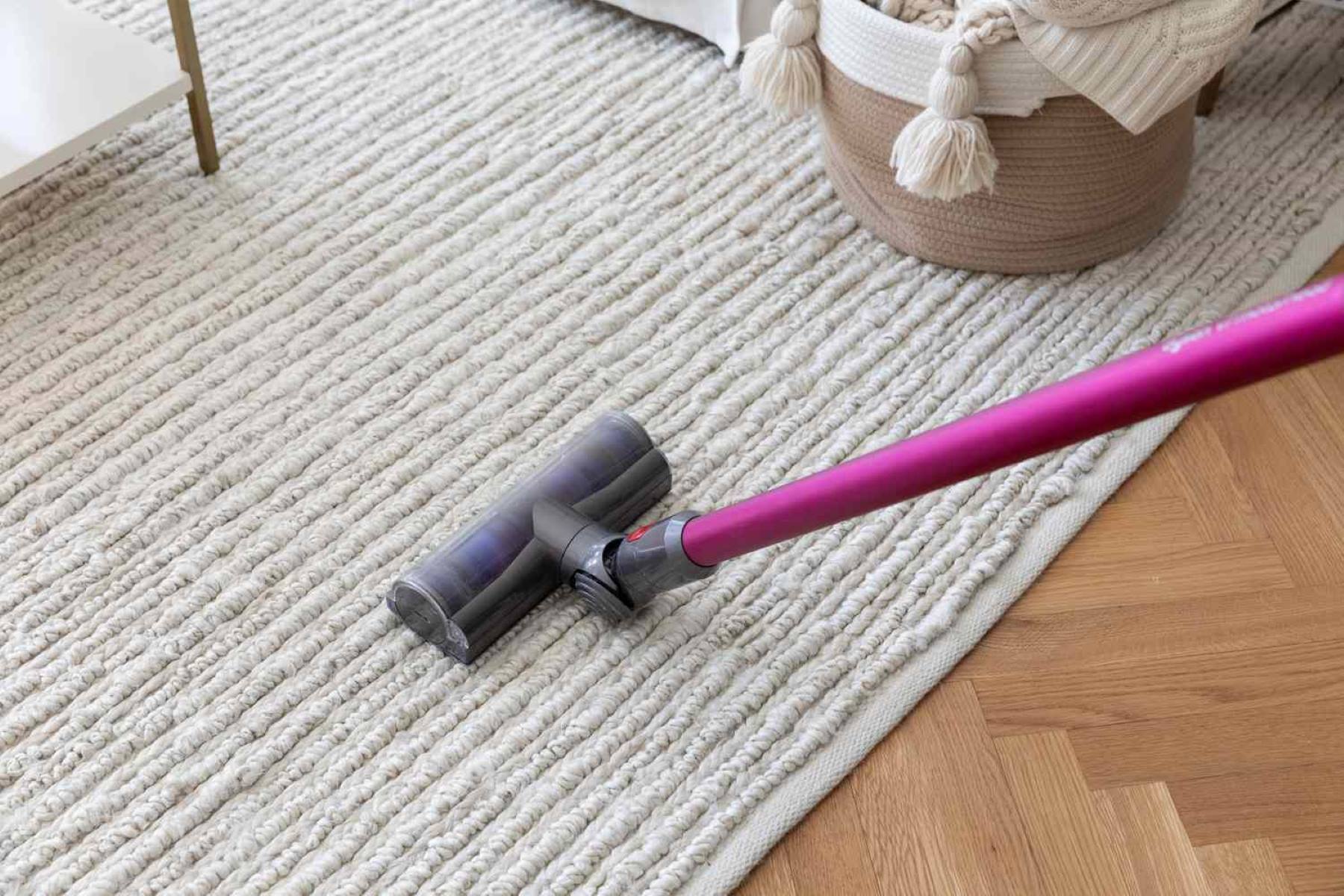
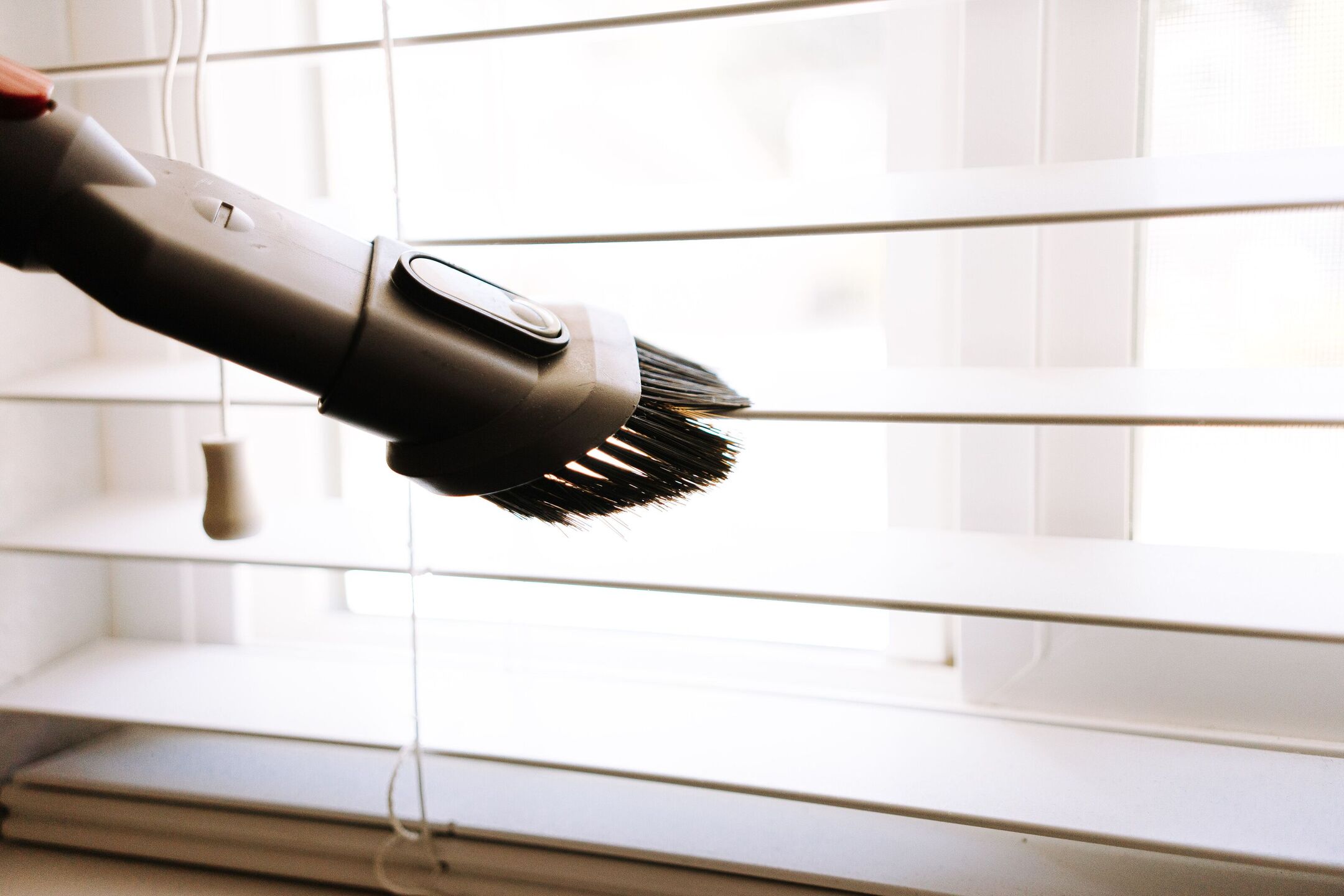
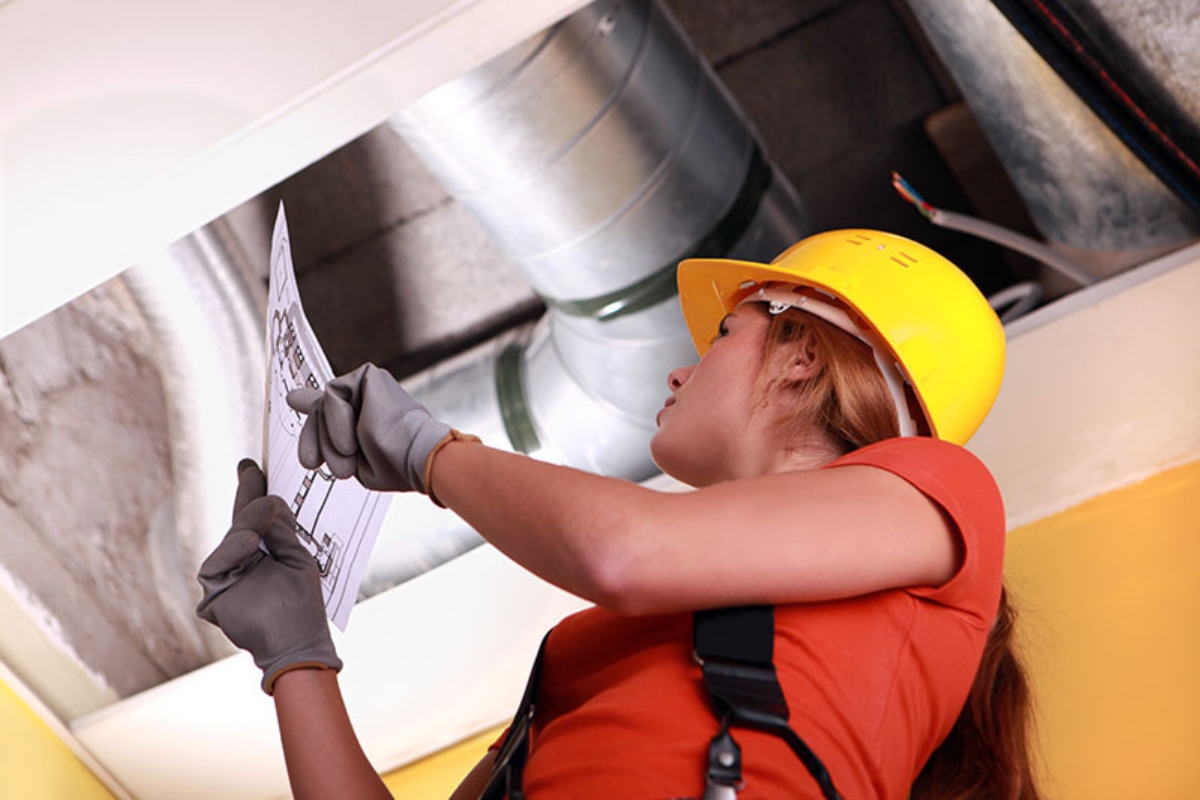

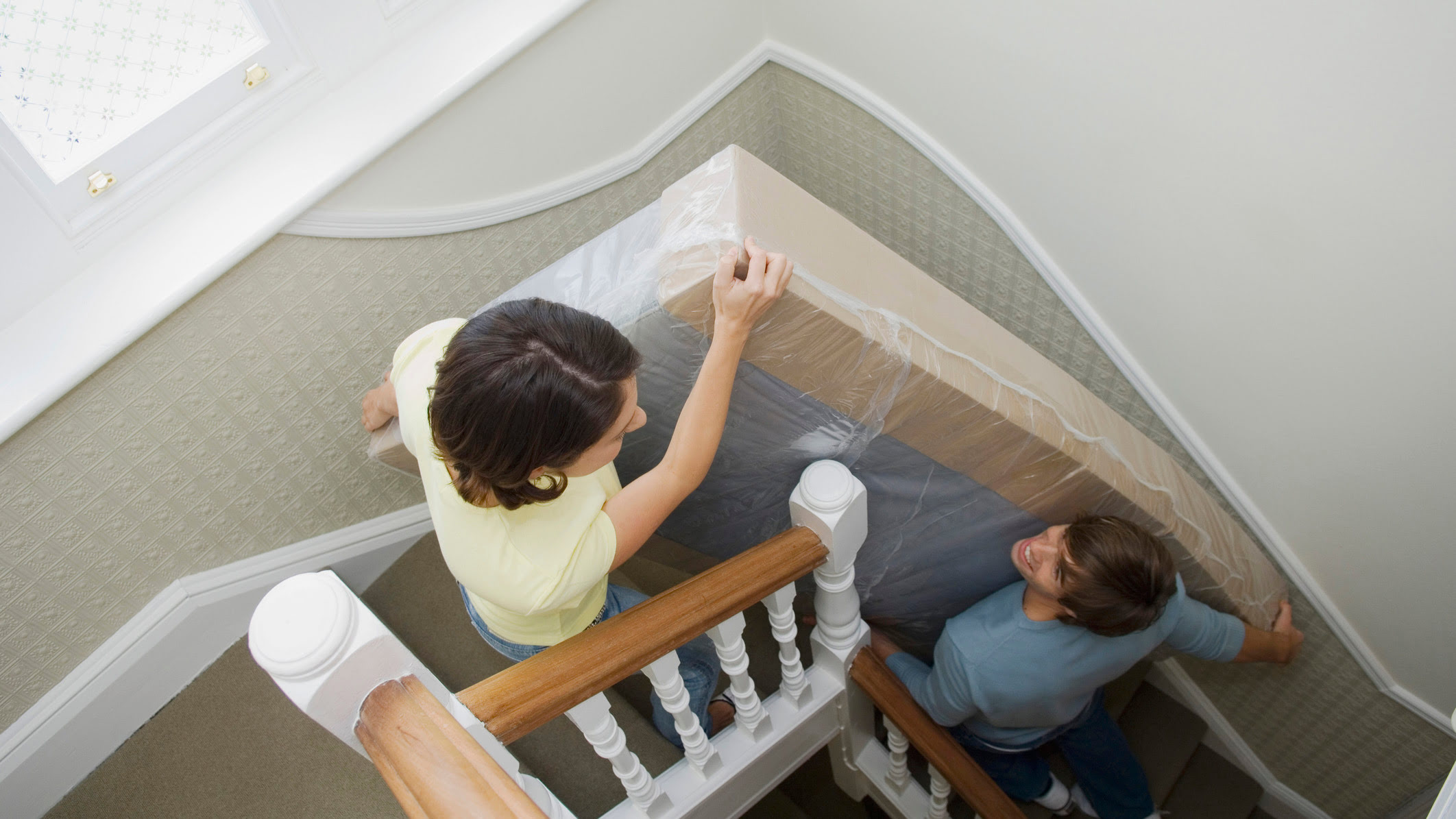
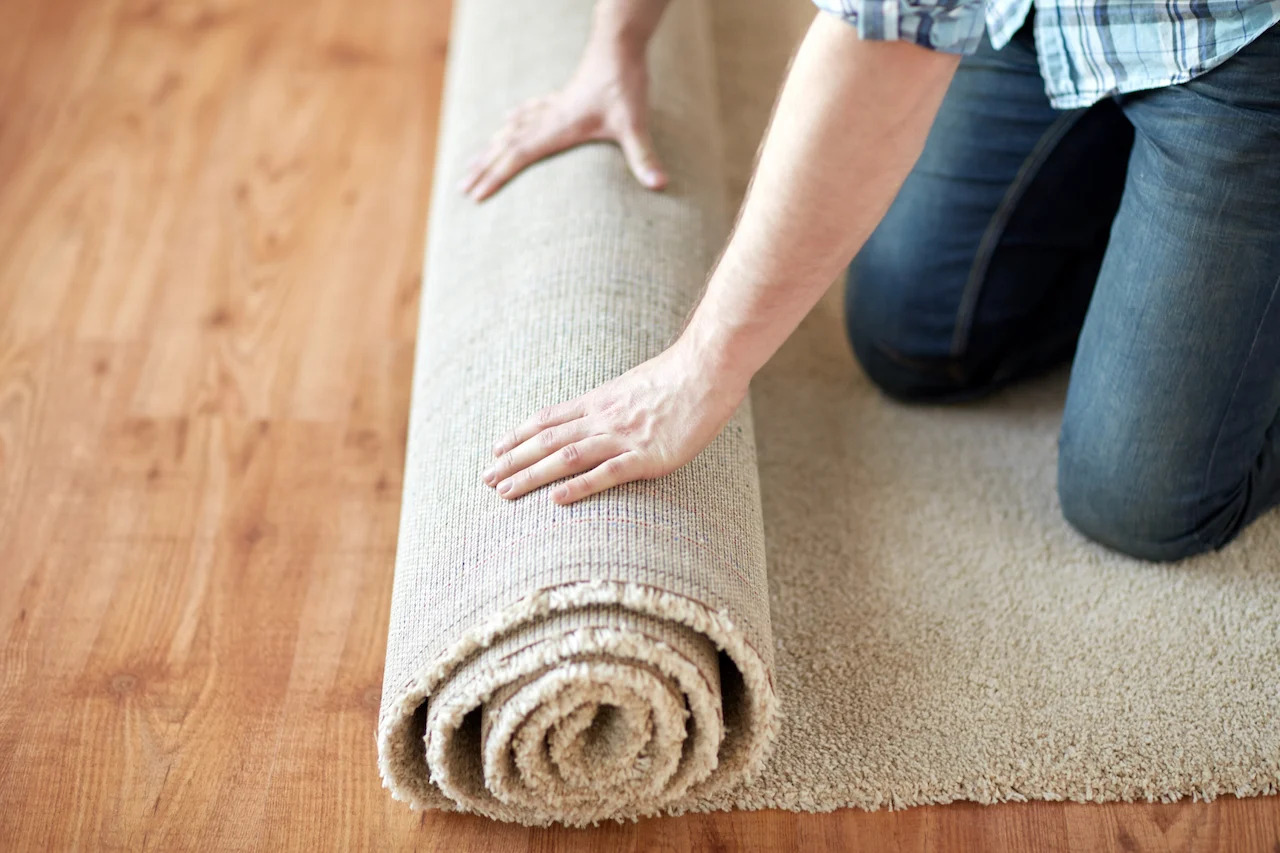
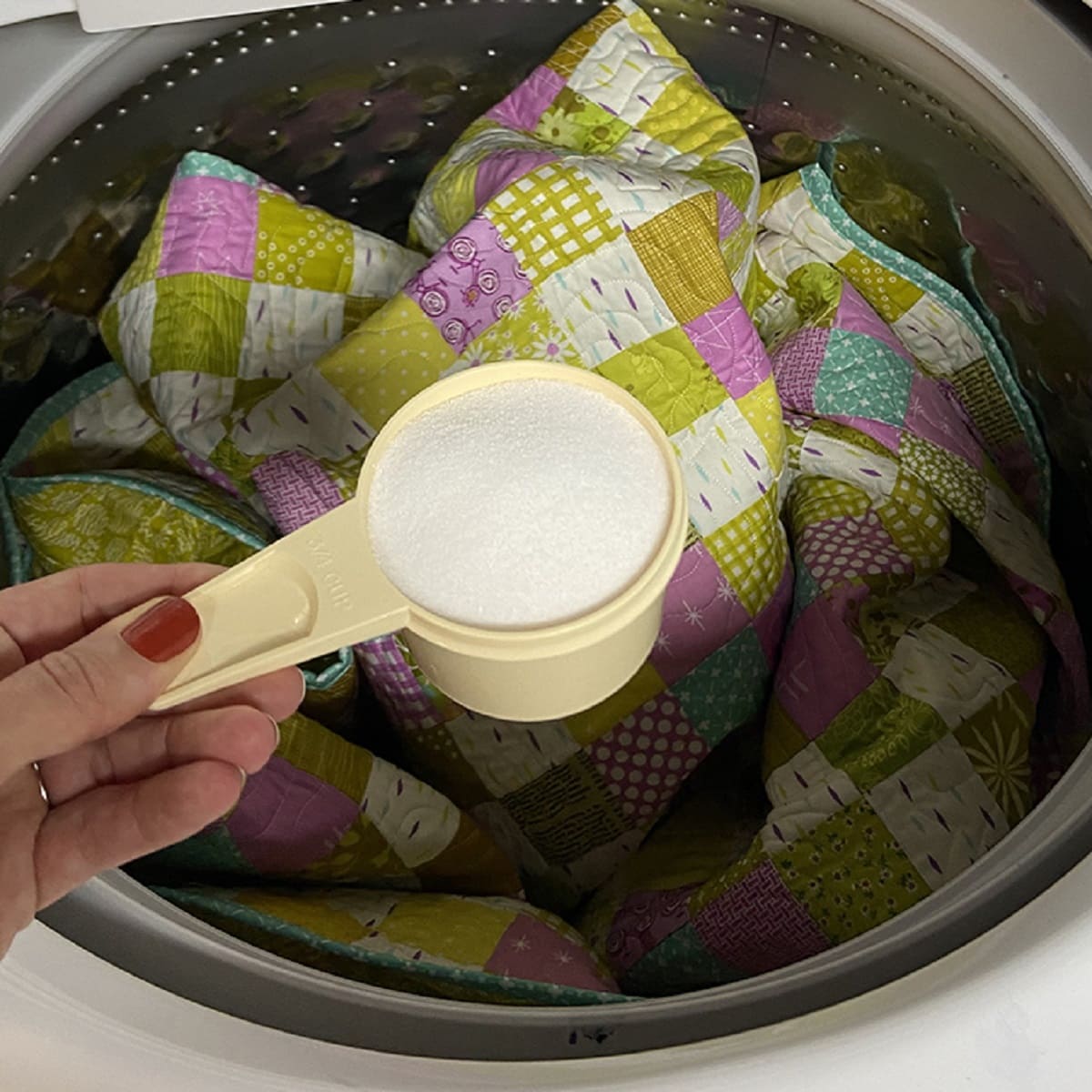
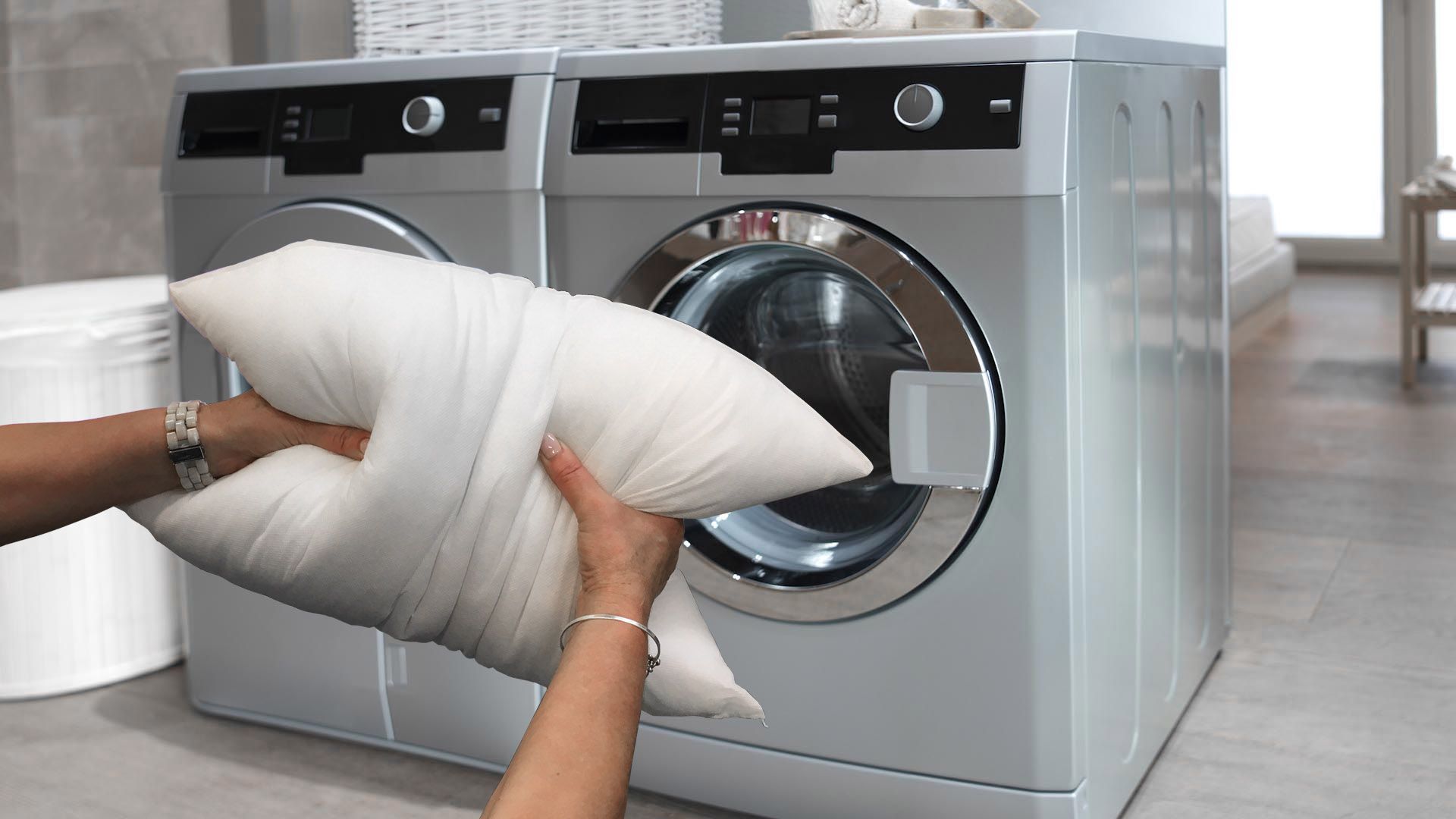
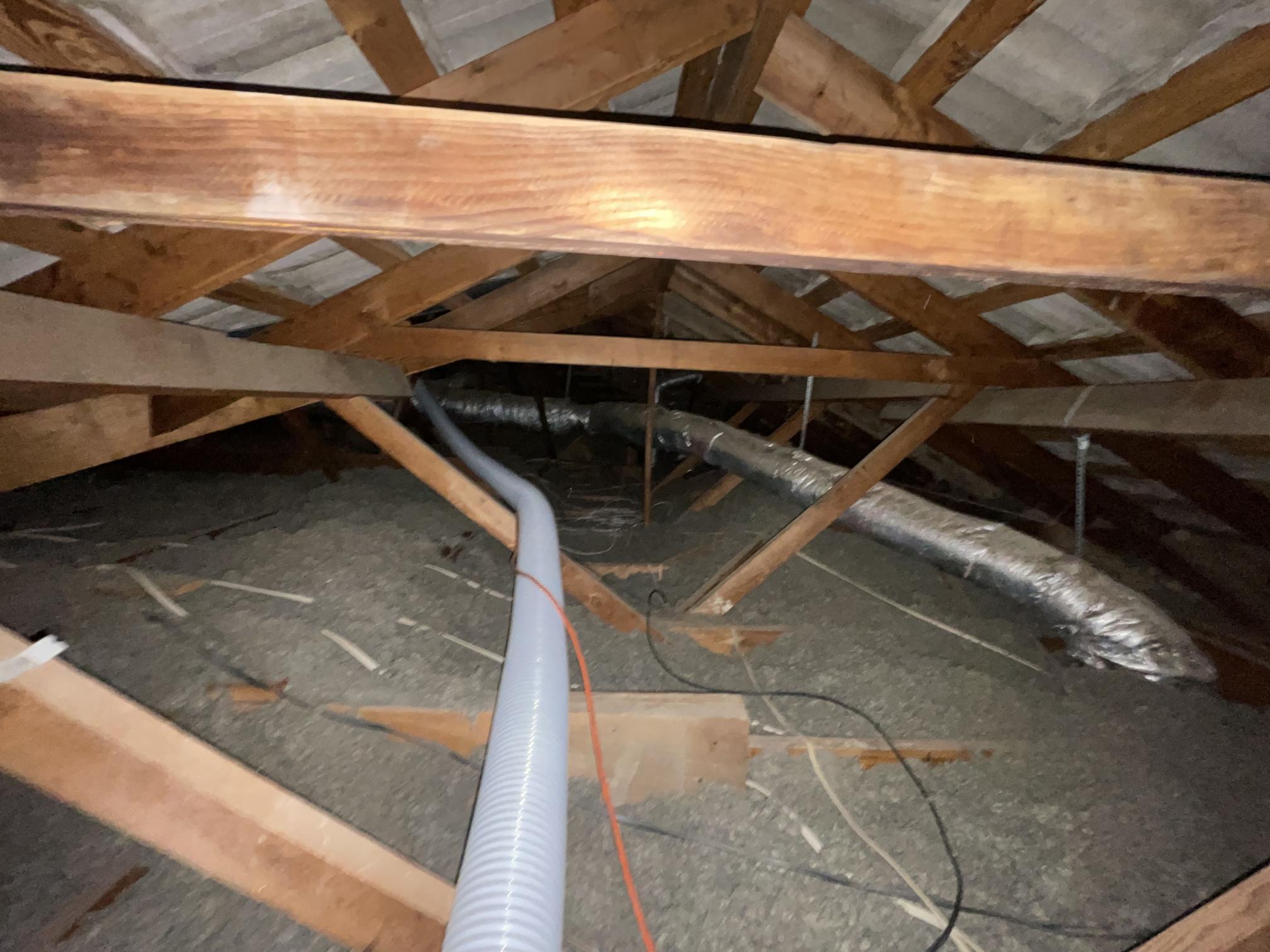
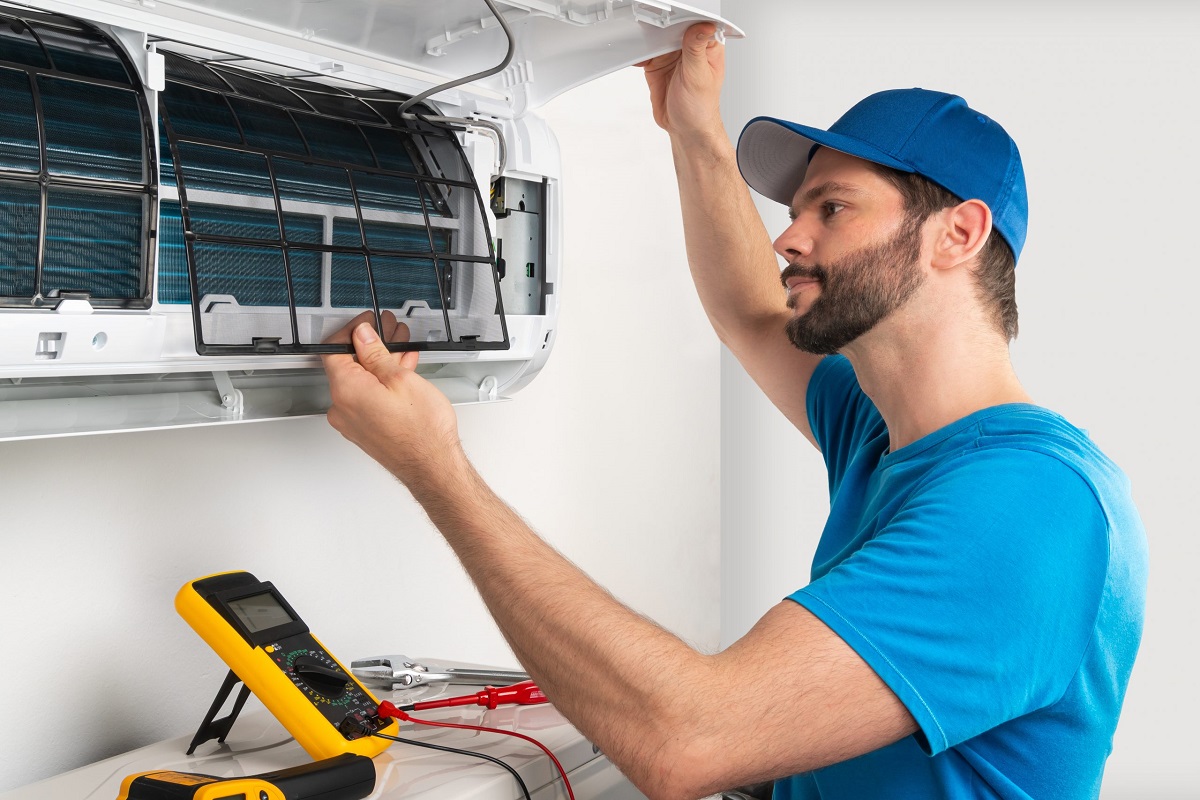

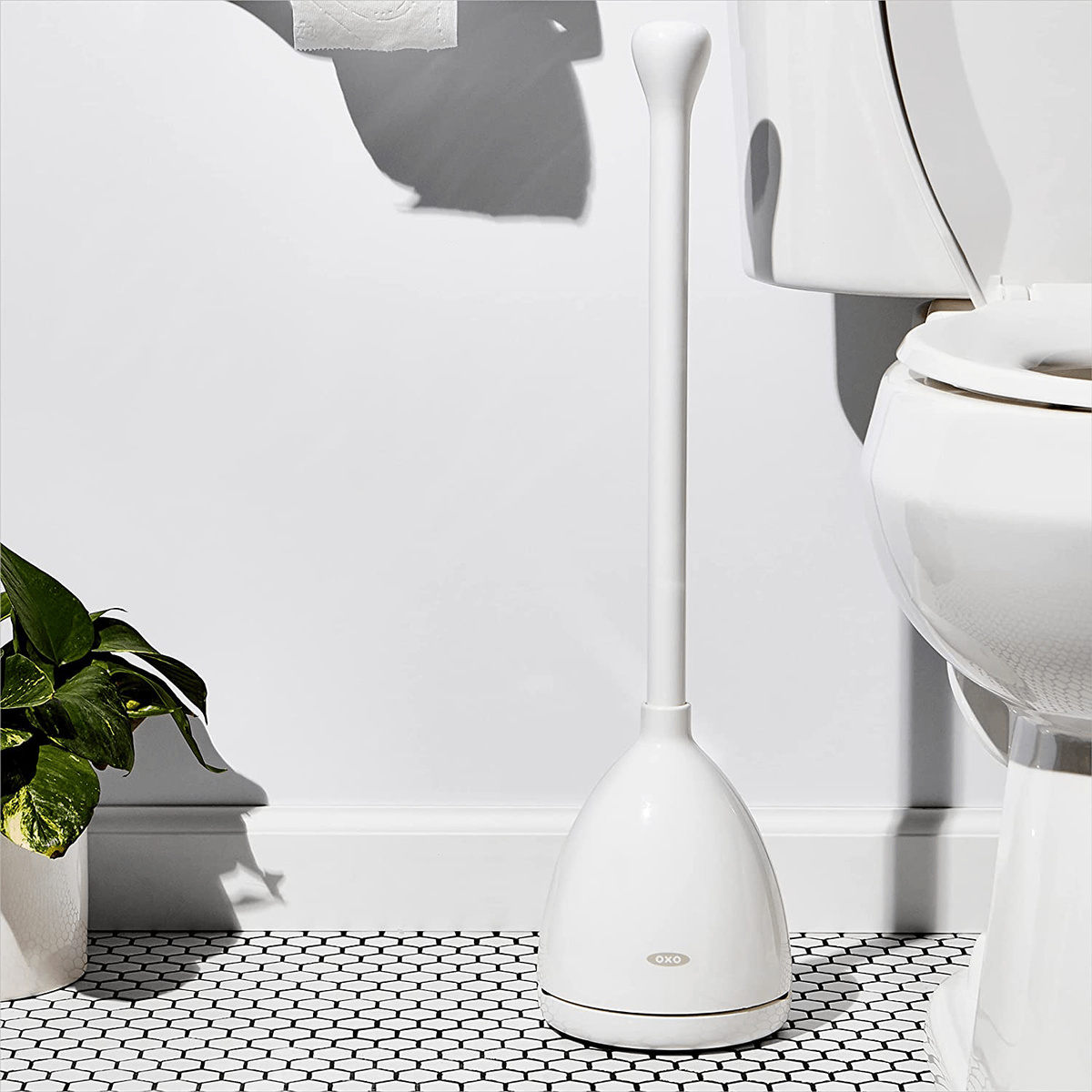
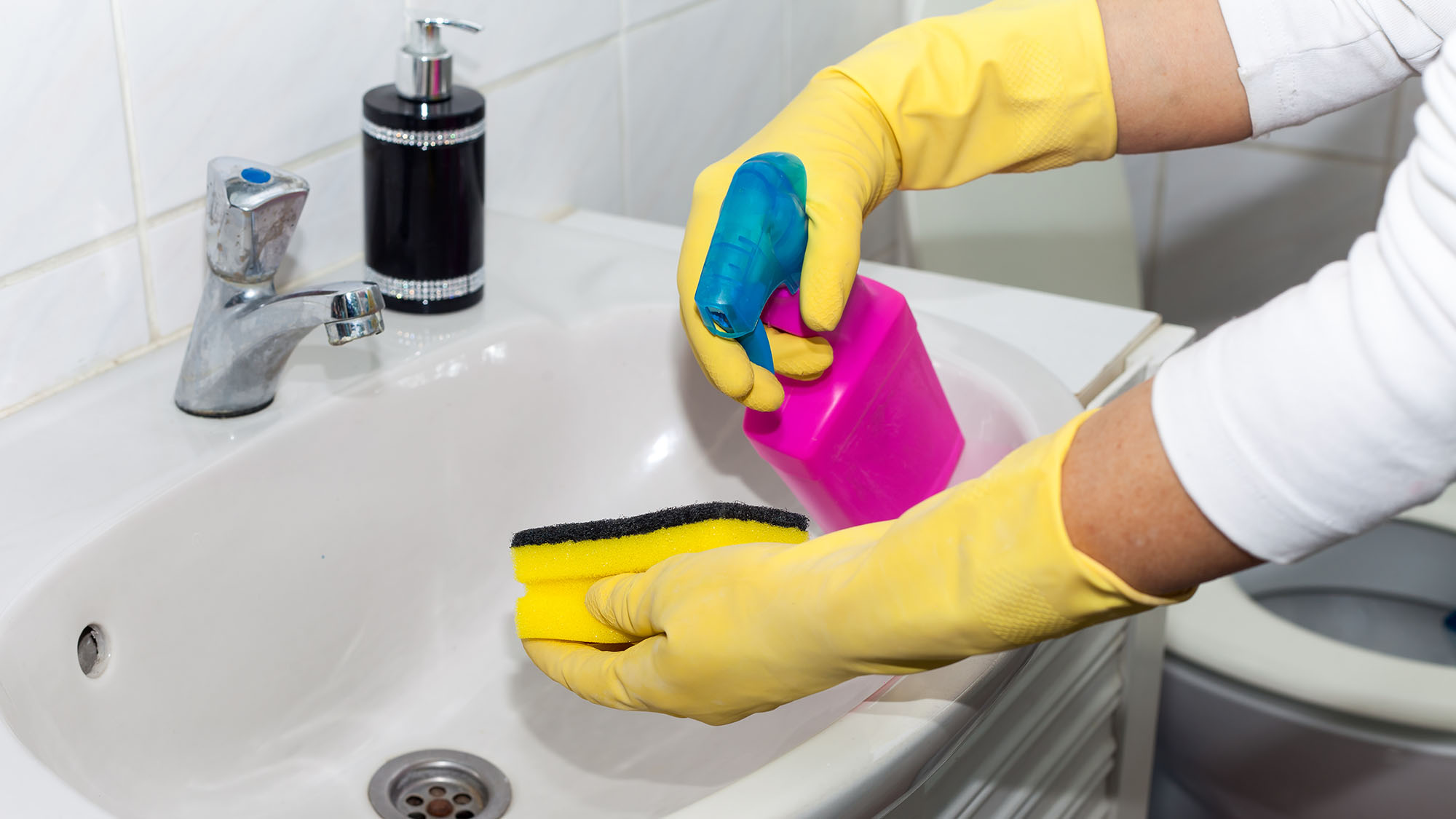


0 thoughts on “How Often Should You Insulate Your Attic”